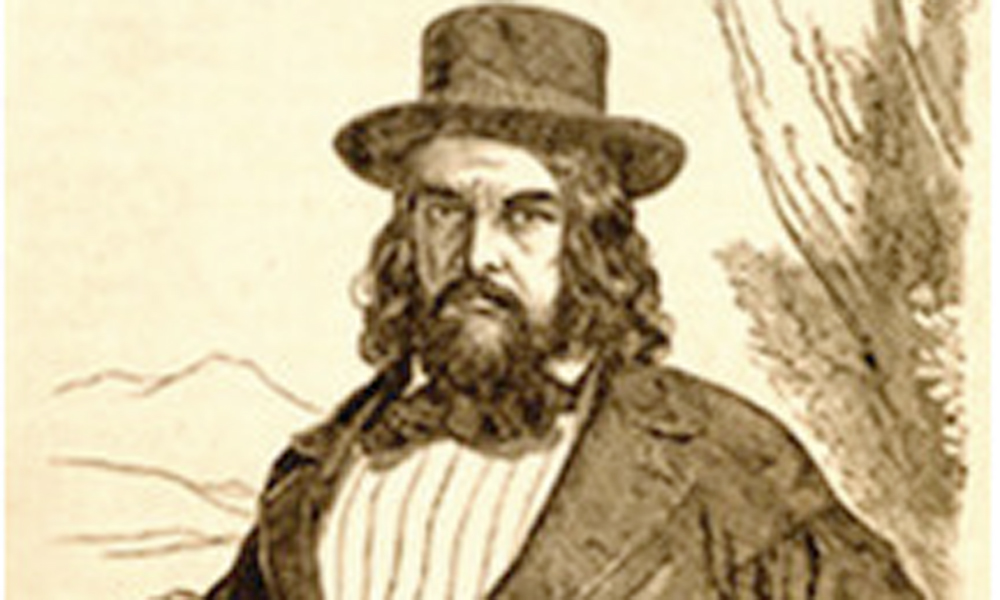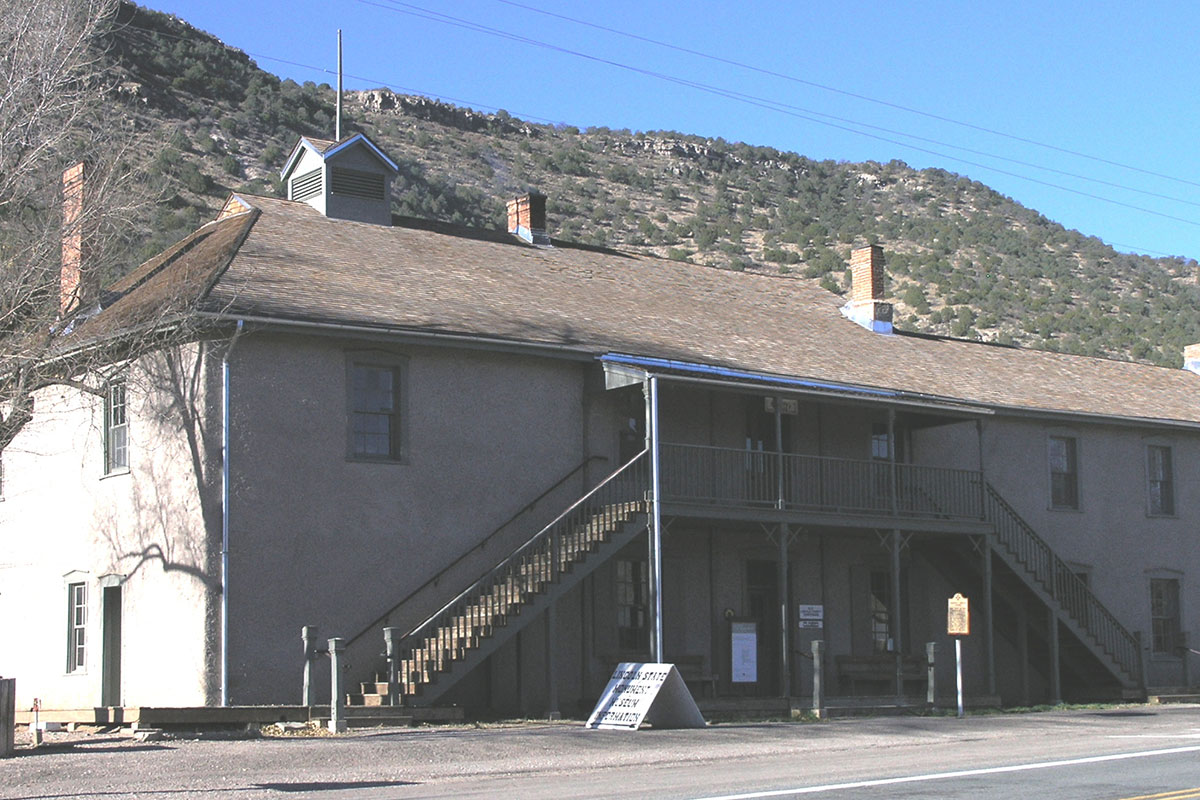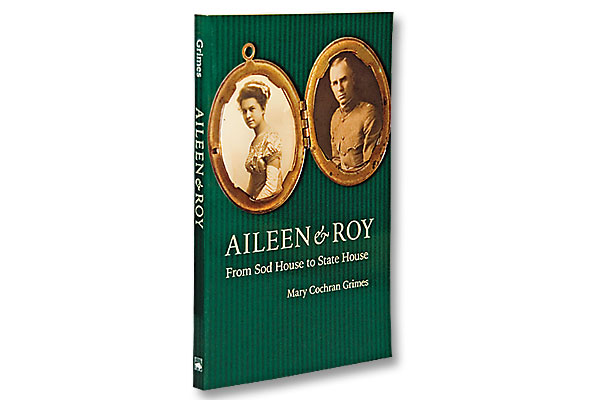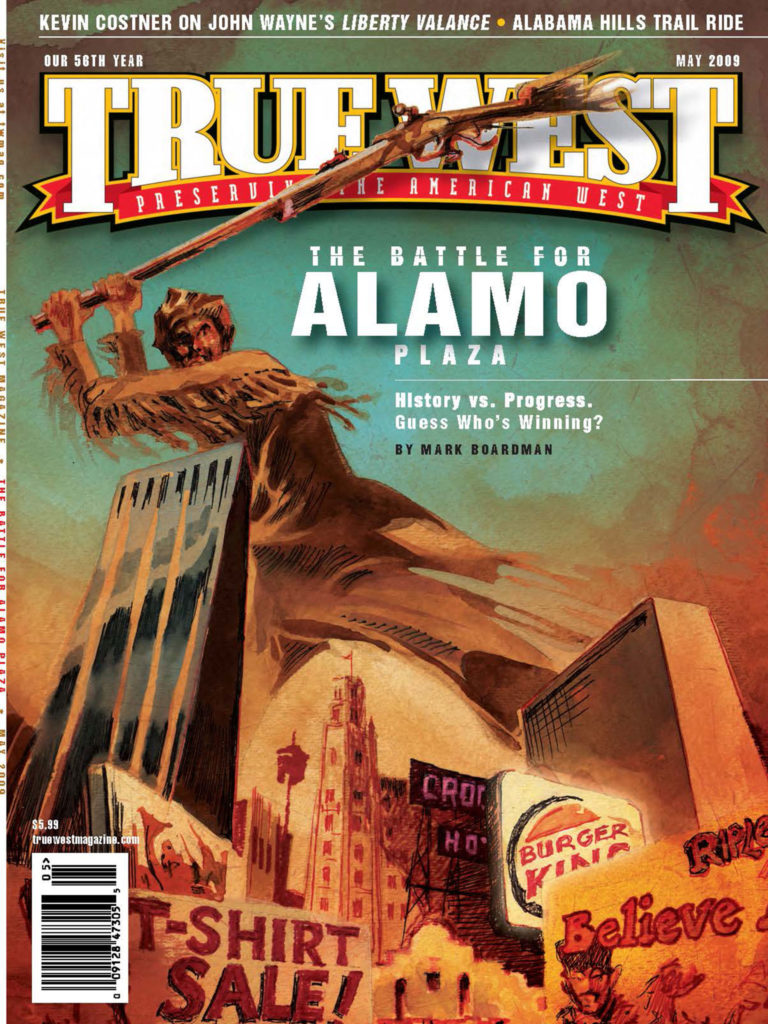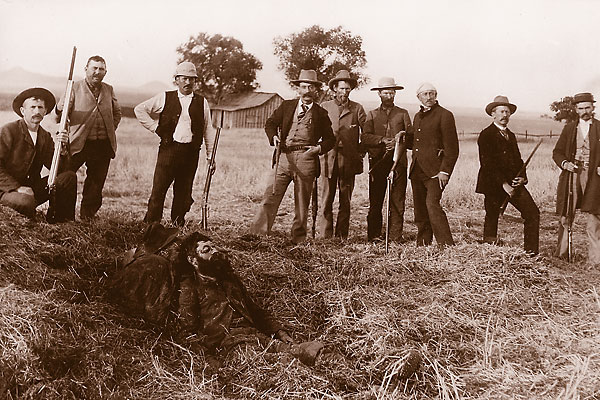
August 5, 1892
It’s a hot day in the central California town of Visalia. In spite of that, two lawmen are wearing heavy dusters as they undertake what’s supposed to be a simple job.
Southern Pacific Railroad Detective Will Smith and Tulare County Deputy Sheriff George Witty are headed to the home of Chris Evans. They plan to confiscate the trunk of accused (and jailed) train robber George Contant, who is staying at the house along with his brother John Sontag. The officers also want to talk to Sontag.
At this point, they do not suspect Evans or Sontag of involvement in a spate of recent train stickups.
They get to the Evans place after noon—just in time to see Sontag walk in the front door. They follow him but don’t see him inside. Detective Smith, an arrogant and abrasive type, asks teenager Eva Evans where Sontag is. She says he’s not there. Smith calls her a liar. The girl walks out the back door and tells her father about the detective’s accusation.
Chris Evans angrily confronts the lawmen. As he does so, Smith pulls back a curtain covering a doorway—there’s Sontag, with a shotgun
in hand. Evans pulls a pistol. The officers run out of the house, trying to escape.
Both Evans and Sontag follow and open up. Smith fires back, but he’s hit by buckshot in the back and hand. He’s still running—and breaks clear through a picket fence in front of the house. He jumps into a nearby delivery wagon and orders the driver to head to the sheriff’s office, leaving Witty behind.
Evans shoots the deputy, who collapses in a neighbor’s yard. Evans is about to finish him off, but pleas from the wounded man and others apparently change his mind. He returns to his home.
Witty receives medical attention for his injury. Newspapers, citizens, other lawmen and even Chris Evans call Smith a coward.
Evans and Sontag are now fugitives.
Prelude to a Gunfight
Evans and Sontag have it in for the Southern Pacific Railroad.
Sontag has lost his job with the company after being severely hurt in a workplace accident. Evans blames the rail officials for many of the ills in central California. So they take action.
Between 1889 and 1892, they pull four train robberies in California (and another two in Sontag’s old Midwest stomping grounds). The outlaws haul in an estimated total of $40,000—and kill two and wound two.
By the time of the last holdup—August 3, 1892—lawmen suspect Sontag’s brother George Contant in the Midwest jobs. The day after, he gets drunk at a local saloon and spills his guts about the latest crime; the bartender notifies authorities. They arrest Contant and decide to get his possessions from the Evans home. They also want to talk to Sontag.
Detective Smith and Deputy Sheriff Witty take on the routine assignment—unprepared for the turn of events.
More Shooting, More Bloodshed
August 6, 1892—The day after the battle with lawmen Smith and Witty, a posse found Evans and Sontag in the Evans barn, hitching up horses for a getaway. Tulare County Deputy Sheriff Oscar Beaver opened fire; the outlaws shot and killed him, and then escaped.
September 13, 1892—The outlaws ambushed a posse at Young’s cabin in Sampson’s Flat, killing rail detective Vic Wilson and posseman Andrew McGinnis. Another posseman, Al Witty, was wounded. Evans was slightly hurt. The outlaws escaped.
June 11, 1893—A shoot-out at the stone corral at John Patterson’s ranch, east of Cutler, left Fresno County Deputy Fred Jackson wounded and Sontag mortally wounded. Evans was also shot, losing his right eye and part of his left arm. Both outlaws were captured. Sontag died on July 3.
June 28, 1893—At Folsom Prison, George Contant—Sontag’s brother—attempted an armed prison break with four others. Guards killed three, while Contant and another conspirator were severely wounded.
December 28, 1893—Chris Evans, aided by his daughter Eva and Ed Morrell, broke out of the Fresno County Jail, leaving Marshal John D. Morgan wounded. Evans and Morrell took shots at various pursuers over the next six weeks before they were finally apprehended in Tulare County.
What’s in a Name?
John Sontag and his brother George Contant were born to a man named Contant. When he died, their mother married Martin Sontag; John took his stepfather’s last name, while George kept his birth name.
Amazing Connections
• John Sontag’s stepfather owned a hotel in Mankato, Minnesota. In September 1876, members of the James-Younger Gang stayed there en route to the debacle at Northfield.
• Evans and Sontag apparently knew Grat, Emmett, Bob and Bill Dalton when those boys were in California in the early 1890s. The Daltons failed at their one train holdup there. The two gangs did not collaborate.
• In October 1892, Billy Breakenridge, a Southern Pacific rail detective, briefly joined in the hunt for the outlaws. He’s best known for serving as a deputy to Cochise County Sheriff John Behan during the 1881 Gunfight Behind the O.K. Corral.
• Vic Wilson, killed during the September 13, 1892, shoot-out, was previously a Texas Ranger. He, too, spent time in Tombstone, Arizona, in 1883, when he became chief of Mounted Customs Inspectors.
• Rail detective J.V. Brighton, who helped recapture Evans after his jail break, had shot and killed Ike Clanton in Arizona six years earlier.
Aftermath: Odds & Ends
In late November 1893, Chris Evans went on trial in Fresno, California, charged in the killings of rail detective Vic Wilson and posseman Andrew McGinnis. The prime witness against him: former gang member and John Sontag’s brother George Contant. Evans was convicted on December 14 and sentenced to life in prison.
***
On February 19, 1894, Chris Evans and Ed Morrell, who had helped Evans escape from jail the previous December, were captured in Visalia. After 17 years in Folsom Prison, Evans was paroled. He moved in with his family in Portland, Oregon, where he died, ironically, on February 19, 1917.
***
Detective Will Smith never lived down the August 1892 shoot-out. He continued searching for Evans and Sontag, hoping for some redemption. He died of apoplexy in San Francisco in 1896.
***
Tulare County Deputy George Witty, seriously hurt in the 1892 gunfight, also helped hunt down the outlaws after his recovery. He later failed in an election bid for county sheriff. He killed himself in 1901 over an unrequited love affair.
***
George Contant got out of prison in 1908. He collaborated on a book and movie, and gave “crime doesn’t pay” lectures. Within a few years, he disappeared from history.


